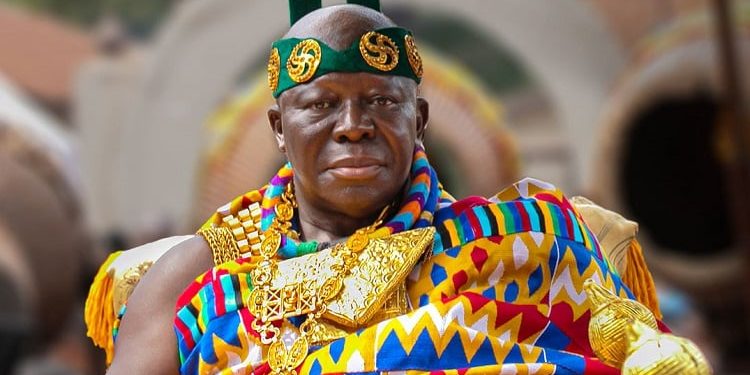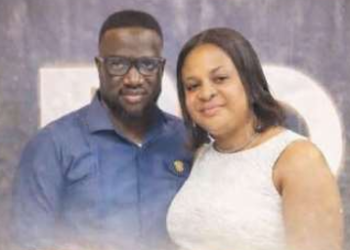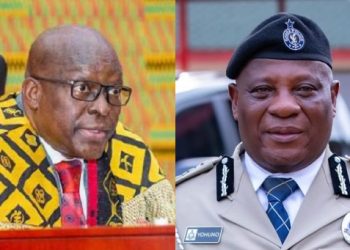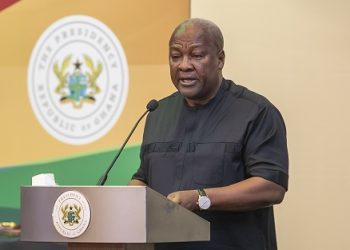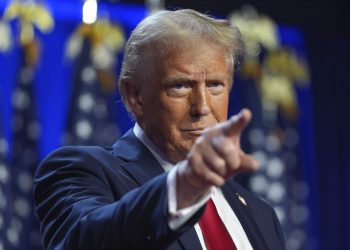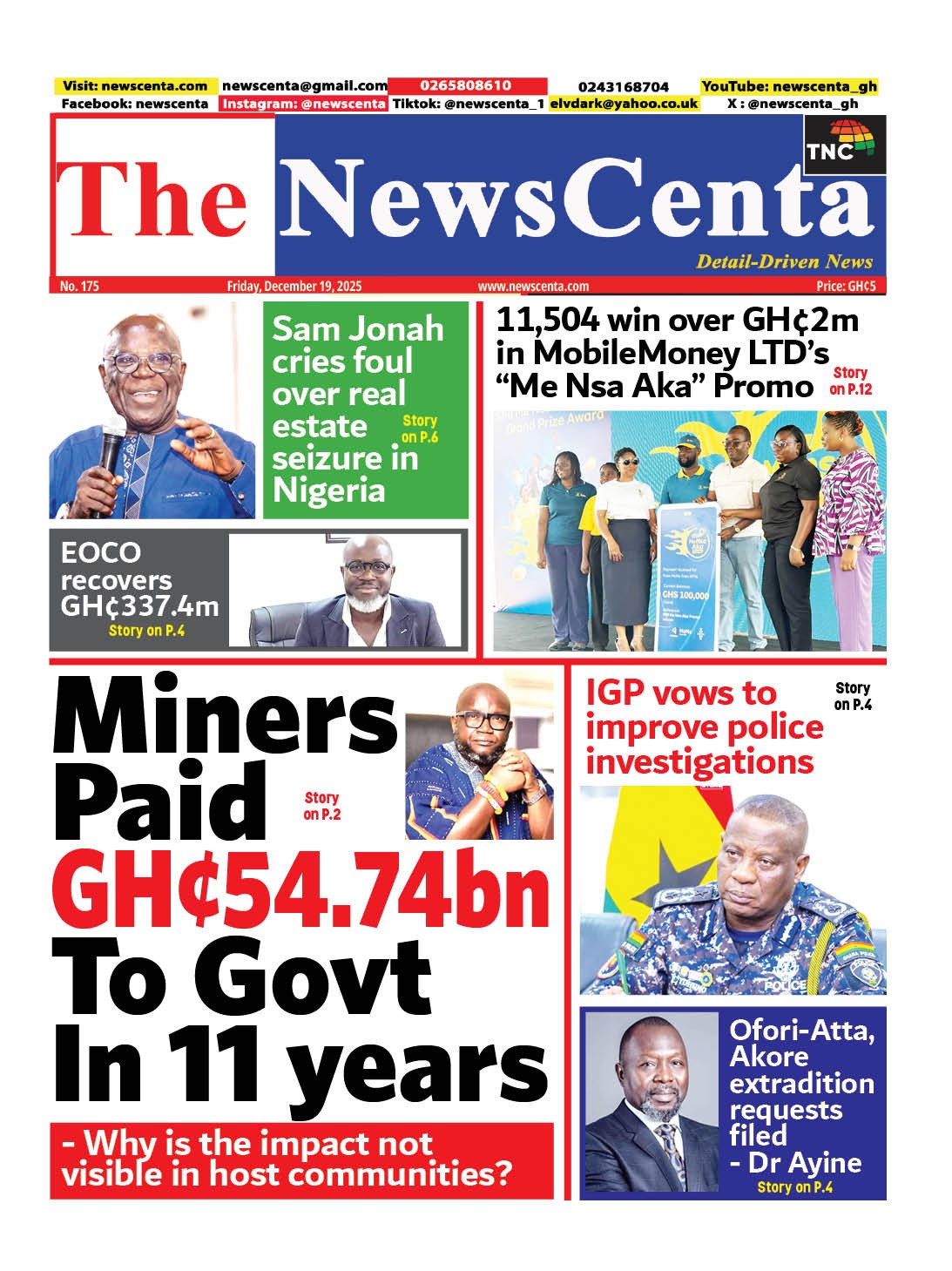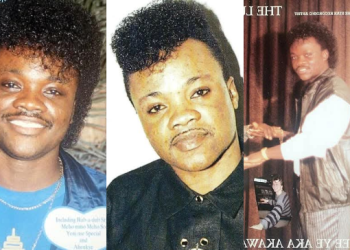The Asantehene, Otumfuo Osei Tutu II, has intensified his efforts to bring peace to Bawku, a northern Ghanaian town long plagued by violent chieftaincy disputes, ethnic tension, and loss of life.
In a fresh display of statesmanship, Otumfuo has resumed his mediation role with renewed urgency, hosting another round of dialogue with the Kusasi Traditional Council between June 30 and July 1, 2025, at the Manhyia Palace in Kumasi.
This marks the second high-level engagement in as many months, following initial talks held from April 28 to May 1, 2025.
The renewed sessions underscore the Asantehene’s deepening commitment to finding a durable solution to a crisis that has defied resolution for decades and continues to undermine security and development in the Upper East Region.
A long-standing chieftaincy rift
The Bawku conflict, rooted in disputes between the Kusasi and Mamprusi ethnic groups over the rightful occupant of the Bawku skin, has erupted intermittently since the 1950s.
While the Kusasi regard the Bawku skin as historically theirs—backed by government recognition of the Bawku Naba, or paramount chief—the Mamprusi have long challenged this status, citing precolonial links and questioning the legitimacy of Kusasi rulership.
The rivalry has led to multiple outbreaks of violence, particularly since the early 2000s.
Several peace accords, including state-led interventions and national security deployments, have failed to yield lasting peace. In recent years, violent clashes have claimed lives, displaced residents, and left a heavy security presence in the area. Curfews, bans on motorbike use, and sporadic military patrols have become regular features of life in Bawku, but they have done little to resolve the underlying grievances.
Otumfuo’s role: A symbol of impartial mediation
In the face of this intractable crisis, Otumfuo Osei Tutu II’s role is seen as both symbolic and strategic.
As a respected traditional monarch whose own kingdom has seen complex historical transitions, Otumfuo commands respect across ethnic and political lines.
His stature affords him a unique ability to convene feuding factions in dialogue that is rooted in cultural legitimacy and ancestral wisdom.
The latest talks, attended by elders and representatives of the Kusasi Traditional Council, sought to reaffirm Otumfuo’s position as a neutral peace broker.
Sources close to the Manhyia Palace say that the Asantehene has been working behind the scenes to engage both Kusasi and Mamprusi leadership, encouraging them to abandon entrenched positions and embrace inclusive dialogue.
Unlike previous attempts that focused narrowly on traditional authorities, Otumfuo’s new approach emphasizes broader community engagement.
He has insisted that future deliberations must include youth leaders, women, civil society actors, and religious figures from the conflict zone.
A call for unity and cooperation
In a message delivered during the July 1 session, Otumfuo called on all parties to cooperate fully with the mediation process.
He urged stakeholders to place the interests of the people above personal or clan pride and to give peace a genuine chance.
“We must all recognize the pain and suffering this conflict has caused generations of Bawku families.
The time has come for healing. It will not be easy, but with sincerity, justice, and honesty, we can restore peace,” the Asantehene reportedly said.
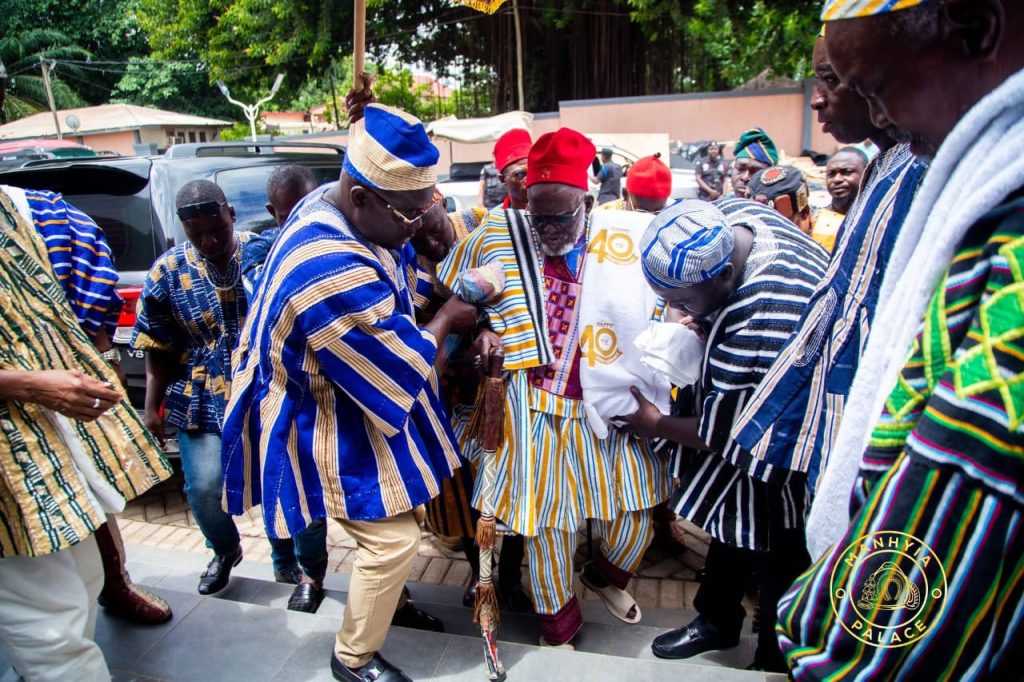
His appeal resonated with many of the traditional leaders present, who echoed the need for reconciliation.
While the Mamprusi side was not publicly represented at this particular round, Manhyia sources confirmed that Otumfuo’s emissaries have maintained contact and are actively engaging with both sides.
The stakes for Ghana’s north
The Bawku conflict, while deeply localized, has broader national implications.
It continues to divert critical security resources from other parts of the country, hampers trade across the Ghana-Burkina Faso border, and contributes to regional instability.
In recent years, the town has been listed among Ghana’s most volatile areas, drawing concern from civil society groups and international observers.
Otumfuo’s intervention, therefore, is not only a traditional act of service but also a national necessity.
Political leaders, including former President Nana Akufo-Addo and President John Mahama, have each welcomed his efforts in the past, seeing in him a figure capable of commanding the trust of both state and customary actors.
Cautious optimism
While many in Ghana have become understandably weary of repeated peace efforts that yield temporary calm but no final settlement, the tone emerging from Manhyia is cautiously optimistic.
Otumfuo’s commitment to inclusive diplomacy, and his deliberate avoidance of taking sides, has renewed hope among observers that a fresh path to resolution may finally be opening.
Yet much remains to be done. Real peace in Bawku will require more than mediation—it will demand truth-telling, restorative justice, and perhaps a compromise that respects both tradition and the democratic imperative for order and inclusion.
Whether these talks will usher in that kind of solution remains to be seen, but for now, Otumfuo’s re-engagement has rekindled a much-needed sense of momentum in a conflict many had feared was beyond repair.

